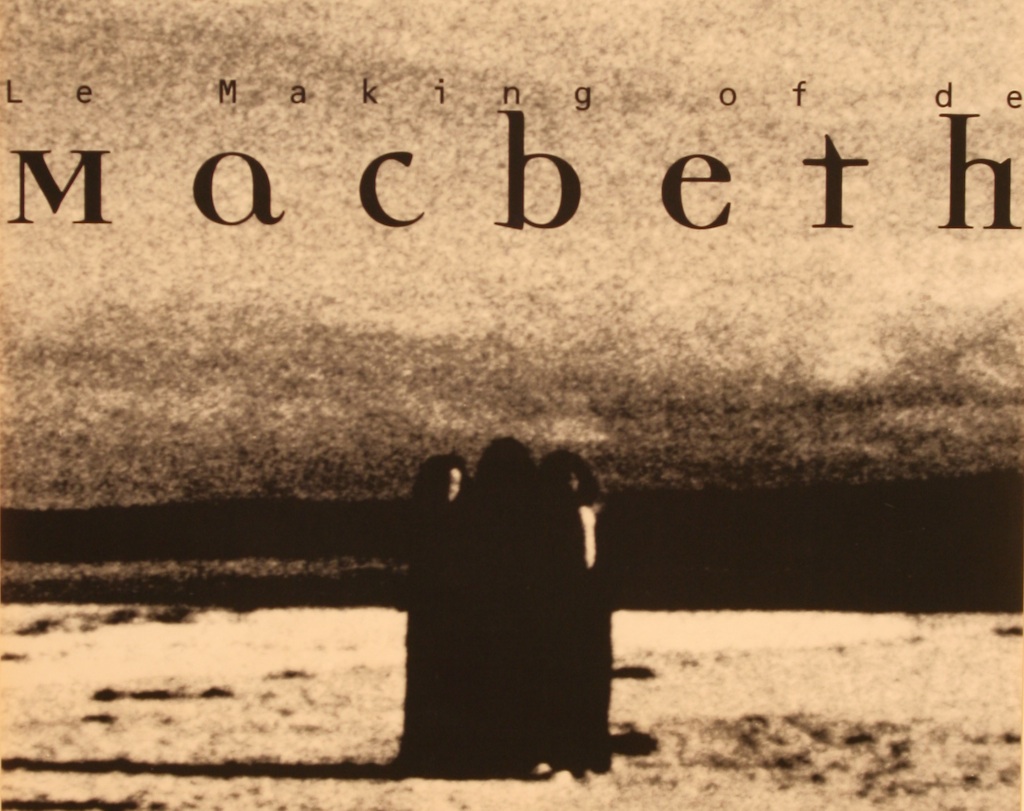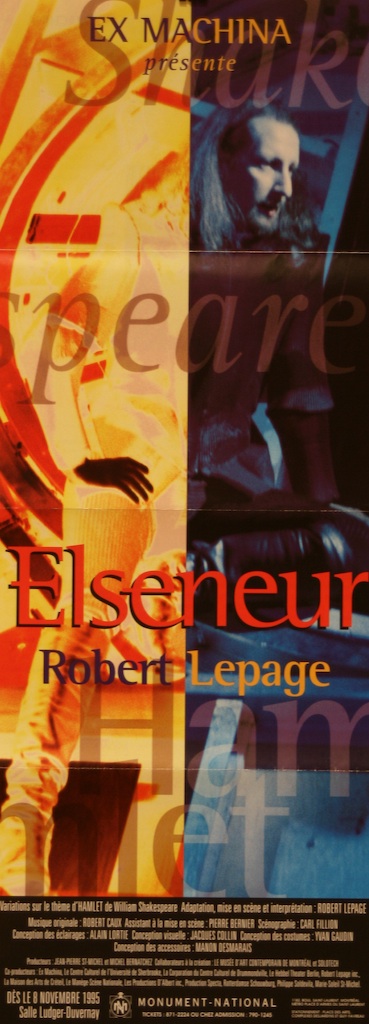French Canada

This gallery evaluates the importance of Shakespearean adaptations in French Canada. Examining productions from the 1960s onwards, an extraordinary range of original and modernist motifs becomes apparent. Shakespearean adaptation has been used in French Canada as a means of declaring cultural independence, which both rejects French colonial ideals, and asserts freedom from anglicized Canada and its traditionalist approaches to Shakespearean production and interpretation.
Two phenomena in the 1930s and 1940s contributed to the emergence of Shakespeare in French Canada. The first was the advent of radio and television, whose mandate of cultural enrichment brought the “masterpieces of world theatre,” including both English and French translated productions of Shakespeare. The second was the appearance of new theatre companies and playwrights who sought a modern alternative to traditional Québécois theatre. Throughout the 1960s, theatre was used in Québec as an affirmation of liberation and cultural independence. One such example is Robert Gurik’s 1968 production of Hamlet, prince du Québec, which, in a political allegory, plotted French and English political figures against each other. Using the iconic poet of British cultural authority was both symbolic and suggestive. In turning their backs on the likes of Racine and Molière, Québécois separated themselves from the French colonizers who had largely abandoned them. And in using Shakespeare to serve their own nationalist, linguistic, and cultural interests French Canadians asserted their freedom from anglicized Canada and anglophile colonial influences.
French Canadian adaptations of Shakespeare, especially early productions, have an extraordinary aesthetics often not seen in Shakespearean productions. This can be noted in Québécois artist Alfred Pellan’s costuming of Orsino and Olivia in the 1968 production of Nuit des rois, and the 1977 production photos of Jean-Pierre Ronfard’s King Lear, which utilized modern consumerism, and an obsession with money and sex to depict the story of Lear. This inventiveness, especially when it came to costume, sets, and musical scores can be attributed to a resistance to the conservative and traditional productions brought to Québec by English theatre and by the lack of aesthetic preconceptions about Shakespeare, so often indoctrinated into young actors and writers in English Canada.
This can be noted in Québécois artist Alfred Pellan’s costuming of Orsino and Olivia in the 1968 production of Nuit des rois, and the 1977 production photos of Jean-Pierre Ronfard’s King Lear, which utilized modern consumerism, and an obsession with money and sex to depict the story of Lear. This inventiveness, especially when it came to costume, sets, and musical scores can be attributed to a resistance to the conservative and traditional productions brought to Québec by English theatre and by the lack of aesthetic preconceptions about Shakespeare, so often indoctrinated into young actors and writers in English Canada.
Click the following links to access the Image Gallery and the Video Gallery

